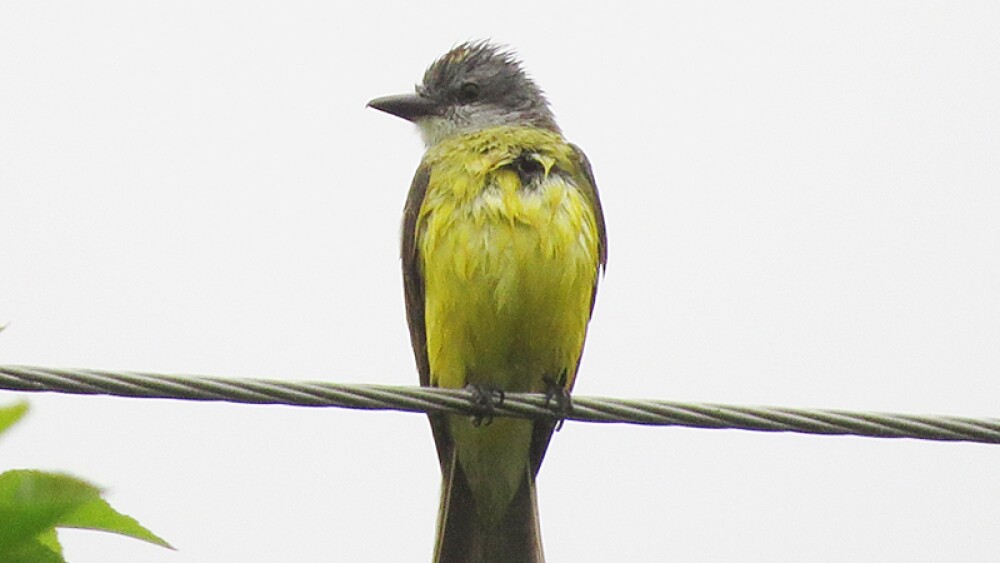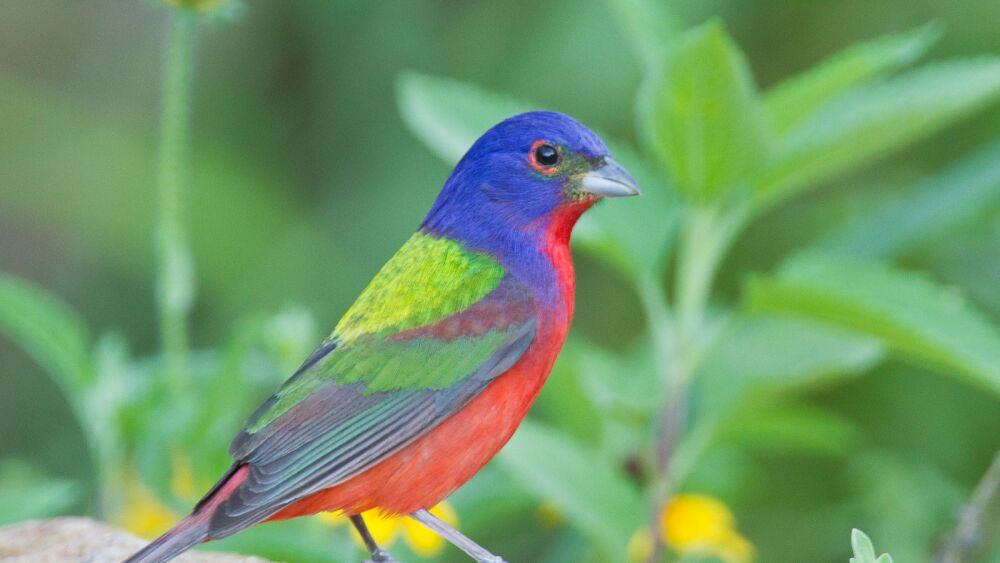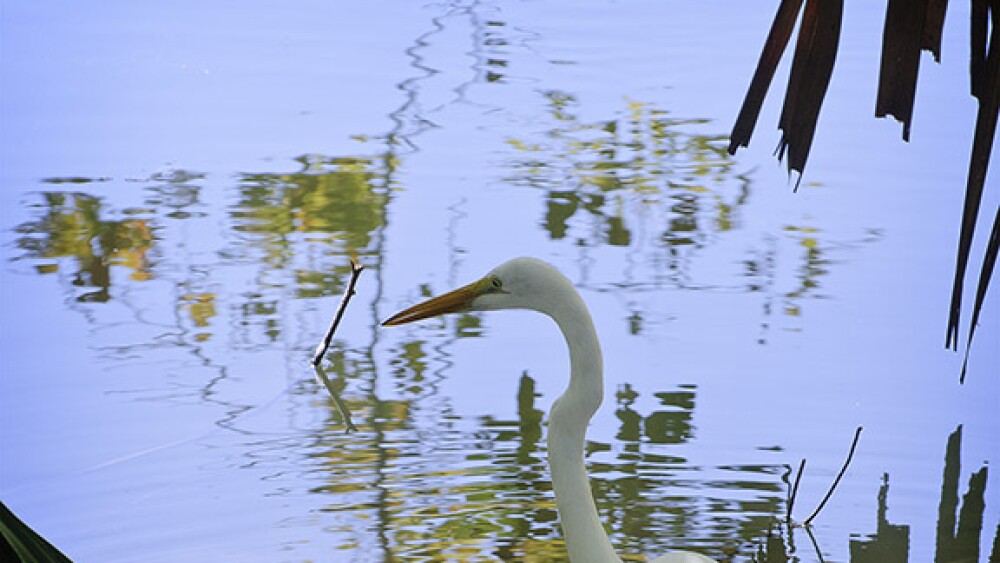Whether you’re a “wake up to the sound of birds” type, or a “please be quiet I’m trying to sleep” type, we’re all getting a new soundtrack to our Texas mornings.
Here’s the pitch: Imagine getting out of bed, sitting out on the patio, or going for a hike. Instead of just a bunch of noise, you hear the songs of a Green Heron or Wood Duck. You could even learn their colors, habits, and favorite foods.
The upshot: You should really get into birdwatching.
You could wing it, or…
A little bit of preparation goes a long way — i.e., you don’t need to drop a stack of cash on binoculars (although it couldn’t hurt to look).
What might help:
- A field guide. Instead of trying to name them all on your own, bring a physical guide like Texas Parks & Wildlife’s printable document or an app like Merlin. If you bring your favorite local newsletter, too, we wouldn’t hate it.
- Bird food. A backyard or window feeder brings the birds to you. Try visiting Wild Birds Unlimited at 14602 Huebner Rd., Ste. 114.
- Your new birdie bestie. Local experts + hobbyists will love to show you the ropes. Link up with the San Antonio Audubon Society, Mitchell Lake Audubon Center, or Bexar Audubon Society so you don’t fly solo.
Meet the stars of the show
Black-chinned Hummingbird
Size: Roughly the size of a Sparrow
Color: Black, green, purple, and white
Wing shape: Narrow, rounded, and short

Black-chinned Hummingbird which can be found in Del Rio.
Photo by Clinton & Charles Robertson via Wikimedia Commons
Couch’s Kingbird
Size: About the size of a Robin
Color: Black, gray, green, white, and yellow
Wing shape: Rounded

You’ll come across a Couch’s Kingbird around woodland edges and near ponds + rivers in South Texas during the summer.
Photo by Don Faulkner via Wikimedia Commons
Painted Bunting
Size: Sparrow sized
Color: Black, blue, brown, green, purple, red, and yellow
Wing shape: Rounded

Painted Bunting
Photo by Dan Pancamo via Wikimedia Commons
Great Egret
Size: About the size of a Heron
Color: Black, white, and yellow
Wing shape: Fingered + long

On your next trip to the San Antonio Botanical Garden, see if you can spot the Great Egret.
Photo by BFS Man via Wikimedia Commons











